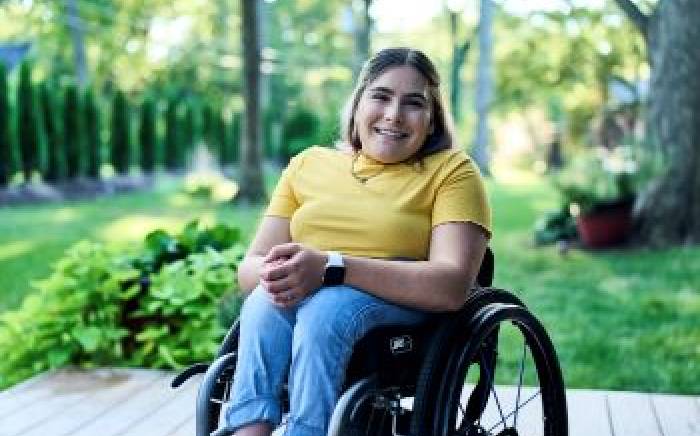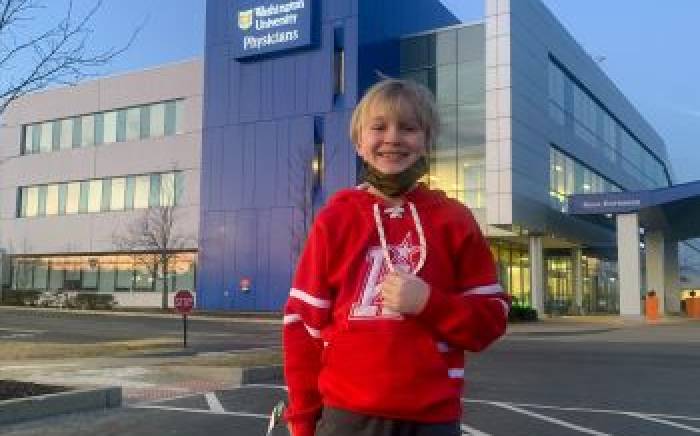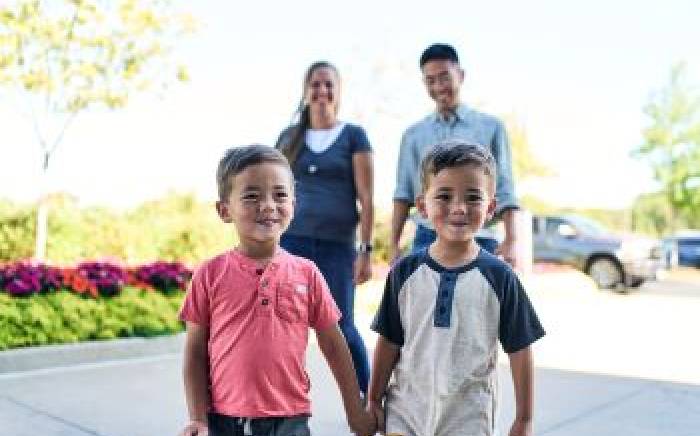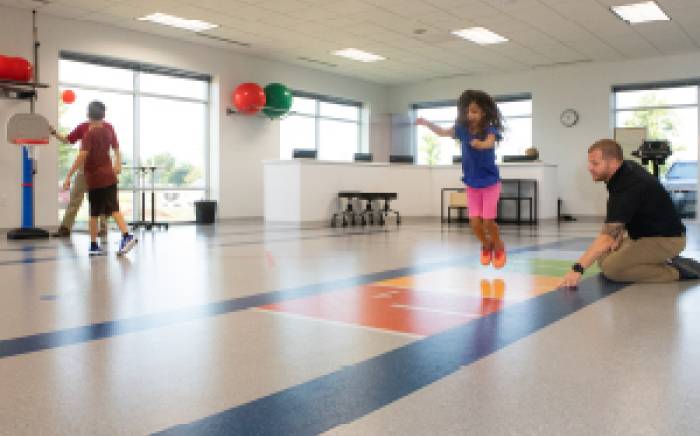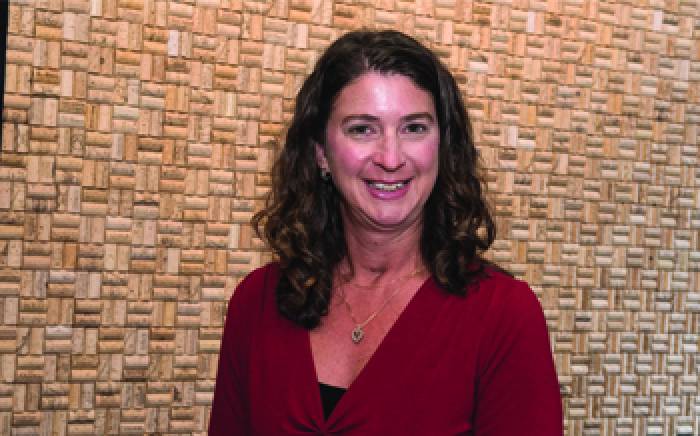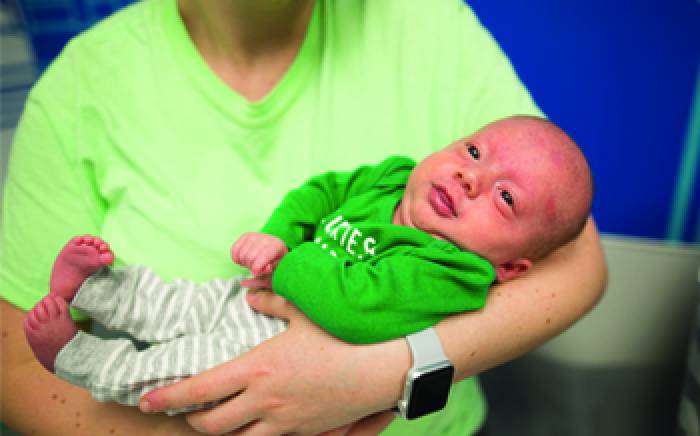 Chase woke up one morning when he was 9 years old unable to stretch out his left arm. “My sister thought I was joking, but when she tried to straighten it, I freaked out,” says the 19-year-old.
Chase woke up one morning when he was 9 years old unable to stretch out his left arm. “My sister thought I was joking, but when she tried to straighten it, I freaked out,” says the 19-year-old.
Little by little, all of Chase’s limbs and joints began betraying him. Although physical therapy at Children’s Hospital helped, Chase felt his life shrinking, and he couldn’t do anything about it. He started having what felt like electric shocks streak through the nerves of his body. “At some point, I started walking on my knees. It was the only thing I could do to avoid a wheelchair.”
With Chase’s permission, Dr. Cooper performed whole exome sequencing of his genes. Studying the raw data, Dr. Cooper found a mutation in SGPL1, a gene that encodes a protein called sphingosine 1 phosphate lyase (S1P lyase). The gene was discovered by Dr. Julie Saba, using experiments on yeast cells in her Children’s Hospital Oakland Research Institute lab in 1997. Since that time, Dr. Saba’s lab has focused on how S1P lyase works, and how problems with it might cause disease. She and Dr. Cooper formed a collaboration to continue studying the disease. Dr. Cooper’s lab is interested in learning how a deficiency in S1P lyase changes the immune system. Dr. Saba’s team is working with cells from patients and mouse models to uncover potential treatments.
Meanwhile, Chase is undergoing kidney dialysis until a kidney transplant undoes the damage the disease has caused. And he’s working hard to learn to walk again for the fourth time.
“That’s okay, though, because I’m sure Dr. Cooper is going to find a treatment that will make me healthy again.”

